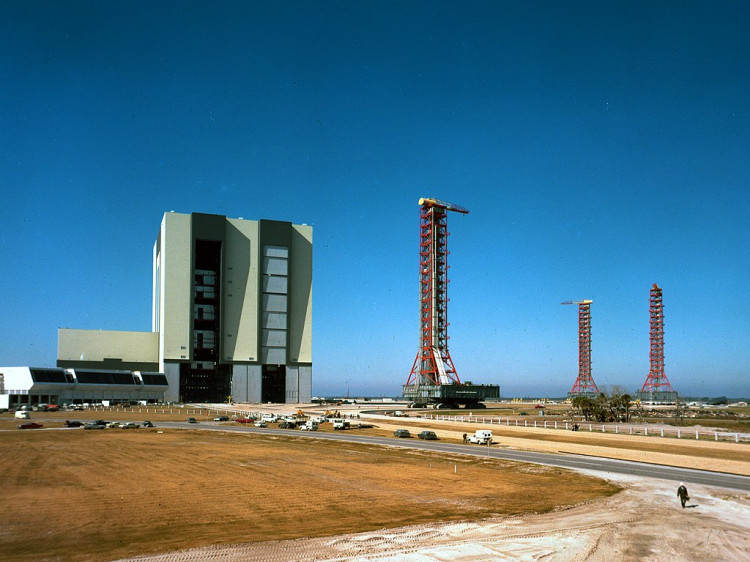Fifty years ago, Mobile Launch Platform-2, or MLP-2, provided the platform from where the Apollo 14 crew left for the historical moon landing. Today, it's become a pile of rubble. NASA has decided to demolish the platform due to the lack of space.
"We ran out of parking spots, so that's why we chose to get rid of MLP-2," Tenhoff said in an interview with collectSPACE.com.
Given its role in the launch of space shuttles, which is supported between 1968 and 2011, it may be expected that MLP-2 would be retired as a museum artifact. Or, if not, it could continue to serve a purpose, as the two other Apollo and Shuttle legacy mobile launch platforms are still doing. But MLP-2 is being removed.
Between 1963 and 1965, Ingalls Iron Works developed three mobile launchers to carry and support the launch of NASA's Saturn V and Saturn IB rockets. As the Apollo program came to an end, mobile launchers were rid of their umbilical towers and converted into mobile launch platforms (MLPs) used by the space shuttle.
For the Artemis mission, NASA's current initiative to send astronauts to the moon and potentially land humans on Mars, the legacy mobile launch platforms were considered incapable of carrying the combined mass of the Agency's new Space Launch System (SLS) rocket and umbilical tower to enable its launch. Work on the new ML-1 mobile launcher (not to be confused with Apollo ML-1, which became the MLP-3 shuttle program) finished in 2018.
The construction of the current Artemis ML-2 began in July 2020, and, once finished, the available ML and MLP car parks inside and outside the Vehicle Assembly Building (VAB) will be taken.
"The only other place we have mounts would be at the launch pad, but it [MLP-2] would be in the way if we left it at the pad," said Tenhoff.
So the 25-foot-high framework from where the Apollo 9 and Apollo 12 crews left Earth, where the first U.S. space station, Skylab, departed for Earth orbit, and from where every space shuttle orbiter but the first one (Columbia) began its first mission will soon be no more. Frank-Lin Brevard Services has been hired to demolish MLP-2.
According to a NASA statement, an opportunity was extended to outside sources such as Smithsonian to assess interest in preserving any part of MLP-2. The agency did not, however, receive any response to the proposal to retain any part of the MLP-2; therefore, the decision was ultimately taken to move forward with the demolition.






